Why should I buy the best custom boxes?
Your products get lost in plain packaging? Worried customers won't remember your brand? Custom boxes grab attention and make a lasting first impression, solving this problem.
Buying the best custom boxes is a smart move. It strengthens your brand identity, provides superior product protection, elevates the customer unboxing experience, and helps you stand out from competitors. It’s an investment in how people see your business.
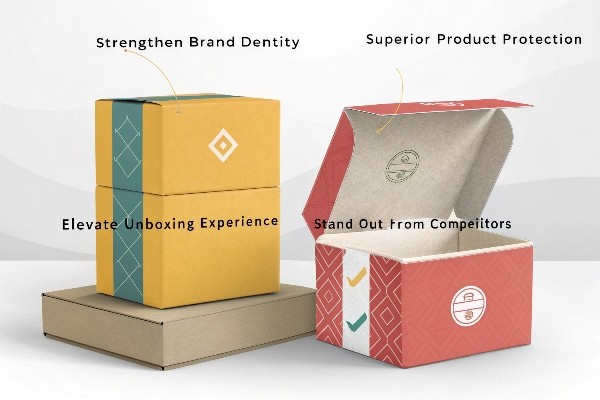
So, you see the basic idea – custom boxes look better and protect things well. But maybe you're thinking, "What exactly do I gain?" It's more than just a pretty package. Let's break down the real advantages you get when you choose custom packaging for your products. We need to look closer at the specific ways these boxes help your business succeed.
What are the benefits of custom boxes?
Struggling to make your products pop on the shelf or online? Worried about damage during shipping? Custom boxes solve these issues and build your unique brand identity effectively.
Custom boxes offer many benefits: better product safety, strong branding opportunities, a memorable unboxing experience for customers, and efficient sizing that can save on shipping costs. They make your product feel professional and valued.

Let's dive deeper into these advantages. When I talk to my clients in the printing and packaging business, the ones using our Kylin machines to produce boxes, we often discuss how custom packaging impacts their customers. It's not just about having a box; it's about what that box does.
Enhanced Product Protection
Standard boxes might not fit your product perfectly. This leaves room for items to shift and potentially get damaged during transit. Custom boxes are designed specifically for your product's dimensions and fragility. This means a snug fit, less need for excessive void fill, and ultimately, fewer returns due to damage. Think about delicate electronics or luxury goods – proper protection is crucial. A well-made custom box, often produced on precise machinery like ours, ensures that protection.
Powerful Branding Tool
Your box is often the first physical touchpoint a customer has with your brand, especially with online sales. Custom printing allows you to put your logo, brand colors, and messaging directly onto the packaging. It turns a simple container into a mobile advertisement. Consistent branding across all touchpoints builds recognition and trust. I remember visiting a client who switched to custom boxes made on one of our rigid box machines; they saw a noticeable increase in social media mentions because customers loved sharing the branded packaging.
Improved Customer Experience
The "unboxing" experience is a huge part of customer satisfaction today. A thoughtfully designed custom box can make opening the package feel special, almost like receiving a gift. This positive experience encourages customer loyalty and positive reviews. Features like easy-open tabs, internal printing, or unique structural designs contribute to this.
| Feature | Benefit Category | Impact |
|---|---|---|
| Custom Fit | Protection | Reduces movement, minimizes damage risk. |
| Brand Printing | Branding | Increases visibility, reinforces brand image. |
| Unique Design | Customer Experience | Creates memorable unboxing, encourages loyalty. |
| Right-Sizing | Cost Efficiency | Can lower material and shipping costs. |
| Sturdy Material | Protection & Branding | Protects product, conveys quality perception. |
These benefits work together. Better protection leads to happier customers. Strong branding builds recognition. A great unboxing experience fosters loyalty. It’s a cycle that high-quality custom packaging fuels.
Are custom boxes worth it?
Custom boxes clearly cost more upfront than standard stock boxes. Is this extra expense truly justified? Let's weigh the initial investment against the significant, long-term returns they can bring.
Yes, custom boxes are absolutely worth the investment. The returns come through increased brand recognition, higher perceived product value, greater customer loyalty, and potentially lower shipping costs due to optimized sizing and reduced damages.
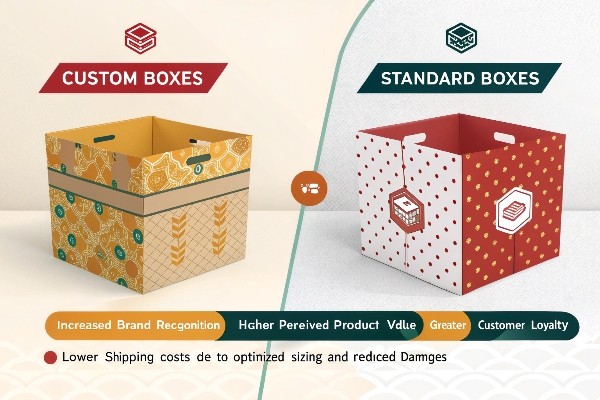
Thinking about the cost versus the value is essential. I work with businesses that invest in machinery like our Kylin spotters and hybrid machines to produce these custom boxes efficiently. They wouldn't make that investment if their clients didn't see the value in buying custom packaging. Let's break down why it makes financial sense.
Calculating the Return on Investment (ROI)
The upfront cost is higher, yes. But consider these factors:
- Reduced Damage Costs: Fewer damaged products mean fewer returns, replacements, and unhappy customers. This saves money directly.
- Increased Sales: Better branding and perceived value can lead to higher conversion rates and repeat purchases. A premium feel often justifies a premium price.
- Customer Lifetime Value (CLV): A positive unboxing experience and strong brand connection foster loyalty. Loyal customers buy more over time, significantly increasing their CLV.
- Marketing Value: Custom boxes act as marketing agents. Think of the visibility on social media or simply in the recipient's home or office. This is essentially free advertising.
Long-Term Value Perception
Stock boxes say very little about your brand. Custom boxes immediately signal quality and attention to detail. This elevates the perceived value of the product inside before the customer even opens it. Over time, this consistent quality message builds brand equity and trust. It positions your product above competitors who use generic packaging. My clients who supply boxes for luxury goods know this well – the box is an integral part of the luxury experience.
Cost Efficiency Beyond Purchase Price
While the per-box cost might be higher, efficiencies can be found elsewhere:
- Optimized Shipping: Custom sizes mean less wasted space in shipping cartons and potentially lower dimensional weight charges from carriers.
- Reduced Filler Material: A snug fit requires less bubble wrap or packing peanuts, saving on material costs.
- Streamlined Packing: Boxes designed for the product can sometimes speed up the packing process in the warehouse.
| Factor | Generic Box Issue | Custom Box Solution | Financial Impact |
|---|---|---|---|
| Protection | Poor fit, high damage | Perfect fit, less damage | Lower return costs |
| Branding | Invisible brand | High visibility, recognition | Increased sales, loyalty |
| Experience | Forgettable | Memorable, shareable | Higher CLV, marketing |
| Shipping Size | Wasted space, high DIM | Optimized size | Potentially lower shipping |
| Perceived Value | Basic, low | Premium, high | Justifies price, builds brand |
Ultimately, viewing custom boxes as an expense is shortsighted. They are an investment in your brand, customer satisfaction, and long-term profitability. Making them efficiently, using quality machinery, helps keep the production costs reasonable for my clients, making the final product even more worthwhile for the end brands.
What should be the goal of custom retail boxes design?
Just putting your logo on a standard box isn't strategic design. A poorly conceived custom box wastes the opportunity. The real goal is to create packaging that actively works for your brand and product.
The main goal of custom retail box design is multifaceted: it must attract customer attention, clearly communicate brand identity and values, effectively protect the product inside, provide a positive unboxing experience, and convey necessary information.

Designing a truly effective custom box requires careful thought. It’s more than aesthetics; it’s about function and communication working together. When my clients use our Kylin machines, they can create intricate and precise designs, but the strategy behind the design is what makes it successful.
Attract and Engage
In a crowded retail environment (physical or digital), your box needs to stand out. Design elements like bold colors, unique shapes, tactile finishes (like embossing or spot UV, which require precise machinery), or compelling graphics grab attention. The initial visual appeal draws the customer in.
Communicate Brand Story
Your packaging design should instantly convey what your brand stands for. Is it eco-friendly? Use sustainable materials and earthy tones. Is it luxurious? Employ minimalist design, premium finishes, and elegant fonts. Is it playful? Use bright colors and fun illustrations. The design choices tell a story about your brand values.
Ensure Functional Protection
While looking good is important, the box's primary job is still protection. The design must consider the product's weight, shape, and fragility. Internal structures, inserts, and material choices are critical design decisions that ensure the product arrives safely. This is where precise manufacturing, enabled by good machines, is key – ensuring inserts fit perfectly and the box structure is sound.
Enhance the Unboxing Experience
The design should consider how the customer interacts with the box. Is it easy to open? Is there a "reveal" moment? Does the inside have printing or a message? These details turn a simple act into a memorable experience. Thinking through the user journey is part of good design.
| Design Element | Potential Goal Achieved |
|---|---|
| Color Palette | Attract Attention, Convey Brand Emotion |
| Typography | Communicate Brand Personality, Readability |
| Logo Placement | Brand Recognition |
| Structural Design | Protection, Uniqueness, Unboxing Experience |
| Materials/Finishes | Perceived Value, Brand Values (e.g., Eco), Tactile Appeal |
| Internal Printing | Unboxing Experience, Brand Reinforcement |
| Information | Clarity, Compliance, User Guidance |
The ultimate goal is a cohesive design where visual appeal, brand messaging, protection, and user experience all work together harmoniously. It’s about creating a package that not only looks good but also performs its functions brilliantly and strengthens the customer's connection to the brand.
What is the importance of a box?
Do you ever think a box is just a simple container? It's easy to overlook, but it's often the very first physical interaction a customer has with your product. Its importance goes far beyond just holding things.
A box is crucially important. It serves as essential protection during shipping and storage, acts as a primary marketing surface, significantly shapes customer perception of your brand and product, and enhances the overall product experience.
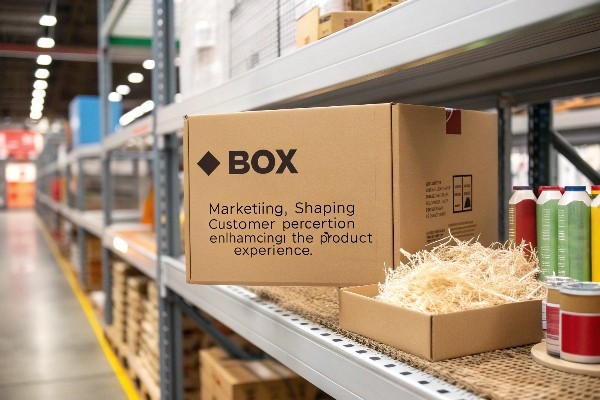
Thinking about the humble box this way changes everything. In my line of work, providing the machinery that makes these boxes, I see firsthand how critical packaging is for my clients' success. It’s not an afterthought; it’s a fundamental part of the product offering. Let's look at its key roles.
The Protective Role
This is the most basic function, but it's vital. A box shields the product from impacts, moisture, dust, and other hazards during its journey from manufacturer to customer. Without effective protection, the product might arrive damaged, leading to returns, costs, and dissatisfaction. The structural integrity of the box, often determined by the quality of its manufacturing (where machines like ours play a role), is paramount.
The Marketing and Branding Role
In a world saturated with advertising, the box itself becomes a powerful marketing tool. It carries your brand identity directly into the customer's hands and home. Well-designed custom boxes catch the eye, communicate brand values, and differentiate your product from competitors. It’s silent salesmanship that works right up to the moment of opening. I recall a client in the cosmetics industry telling me their uniquely shaped boxes, made possible by specialized machinery, became instantly recognizable.
The Customer Experience Role
The interaction with the box is part of the overall product experience. A flimsy, hard-to-open, or generic box can subtly detract from even a great product. Conversely, a sturdy, beautifully designed, easy-to-open box enhances the perceived value and creates a positive emotional response – the "unboxing" effect. This first impression matters immensely.
The Informational Role
Boxes often carry essential information: product name, features, instructions, ingredients, barcodes, regulatory symbols. Clear, well-organized information design is crucial for usability and compliance. The box must communicate necessary details effectively.
| Box Function | Key Importance | Business Impact |
|---|---|---|
| Protection | Ensures product integrity | Reduces returns, saves costs |
| Marketing | Carries brand identity, differentiates | Increases brand recall, drives sales |
| Experience | Shapes first impression, creates delight | Builds loyalty, encourages shares |
| Information | Conveys essential details, ensures compliance | Aids usability, avoids penalties |
So, the box is far more than just packaging. It's a protector, a salesperson, an ambassador for your brand, and a key part of the customer journey. Investing in quality boxes, made with reliable equipment, is investing in all these critical functions.
Conclusion
In short, choosing the best custom boxes is a strategic decision. It boosts your brand, protects your goods, delights customers, and ultimately helps your business grow stronger.


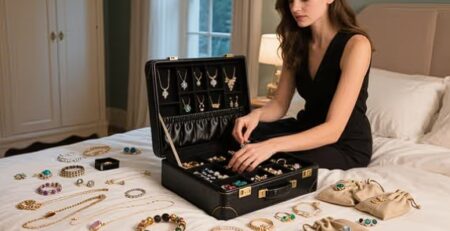



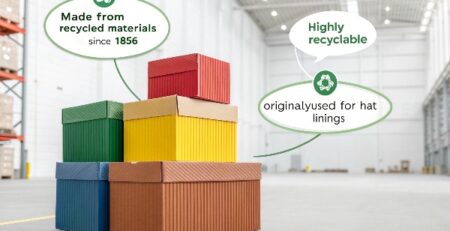

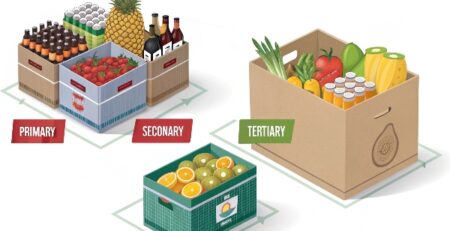

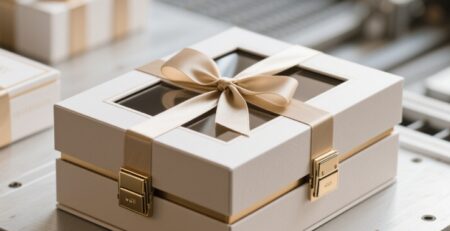
发表回复